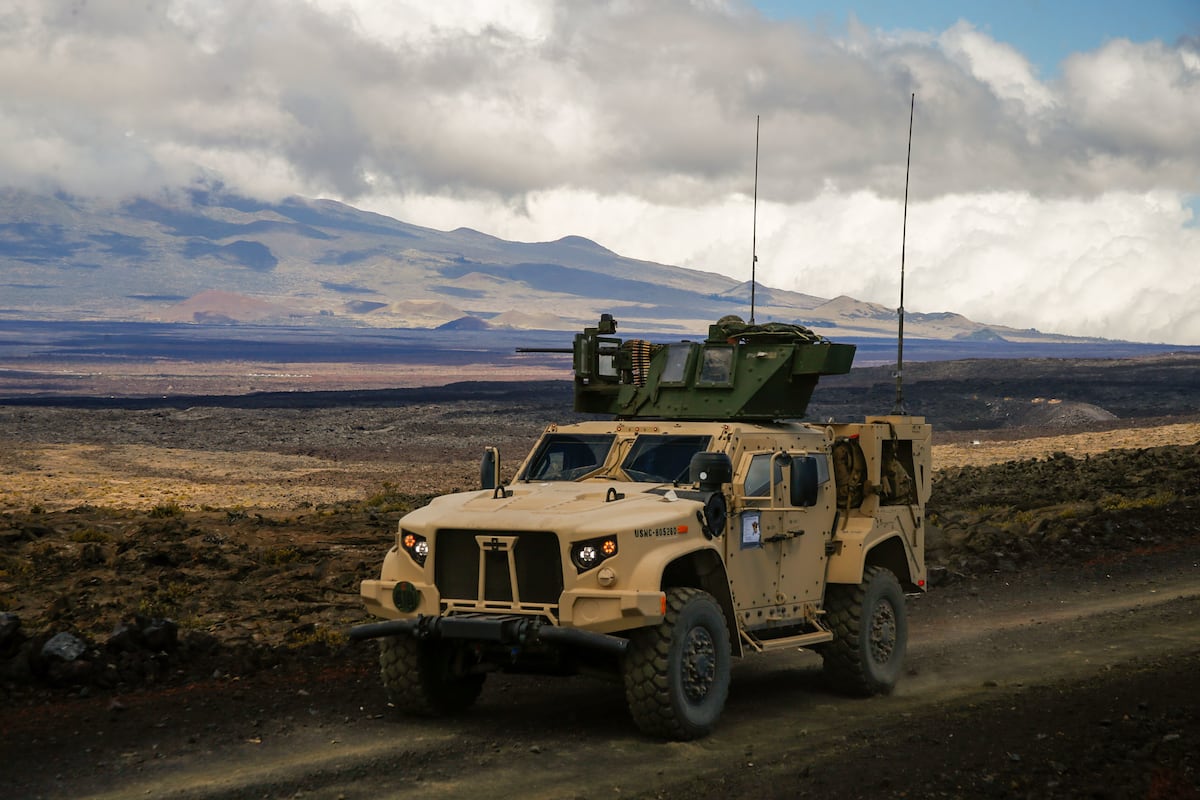In a bold move to redefine the U.S. Army’s future, Army Secretary Daniel Driscoll assured Congress of imminent transparency regarding the Army’s strategic realignment plans. Within ten days, the military branch intends to present a detailed explanation of its decision to restructure commands, adjust formations, and cancel or modify several weapon programs.
This announcement follows the earlier introduction of the Army Transformation Initiative, a significant overhaul aimed at modernizing the military force. However, the comprehensive analysis behind the decisions, such as the merging of the Army Futures Command with the Training and Doctrine Command, remains unclear, particularly as some programs, like the M10 Booker light tank and the Robotic Combat Vehicle, face cancellation at the final stages.
Driscoll outlined an ambitious plan to reallocate approximately $48 billion over the next five years. This funding shift aims to prioritize innovative technologies, enhancing the Army’s mobility and combat readiness.
Congressional Concerns
Senator Chris Coons, during a Senate Appropriations Committee hearing, emphasized the need for clarity and detail regarding these changes. “I agree the Army must change and modernize how it fights and must take into account significant changes in technology,” he stated. However, Coons expressed dissatisfaction with the lack of substantial analysis behind the Army’s decisions to cancel or reduce numerous programs and consolidate command staffing.
Driscoll committed to delivering further details to Congress within a ten-day timeframe, aiming to address these concerns and provide comprehensive insights into the Army’s strategic realignment.
Senatorial Skepticism
While there’s a consensus on the necessity for transformation to deter potential adversaries, skepticism remains. Senate Minority Leader Mitch McConnell highlighted the importance of transparency, stating, “We don’t serve either the taxpayer or the common defense with blank checks for vaguely defined priorities. We want to see the analysis behind the specific bets the Army wants to place on ATI.”
The Army’s decision-making process, reportedly kept within a close circle, excluded some program leaders who could have provided deeper insights into the broader impacts of these changes, including effects on the industrial base and allied forces.
Inter-Service Communication
Driscoll acknowledged that other military branches were not consulted before announcing the cancellation of joint programs like the Joint Light Tactical Vehicle. He explained the decision to limit consultation was to avoid internal resistance, stating, “When that consultation occurs, what would happen is the antibodies in the system come up to stop change.”
Subsequent communication with other services occurred shortly after the public announcement. Senator Coons noted the surprise of the U.S. Marine Corps regarding the cancellation, suggesting that significant adjustments are needed to accommodate these changes.






